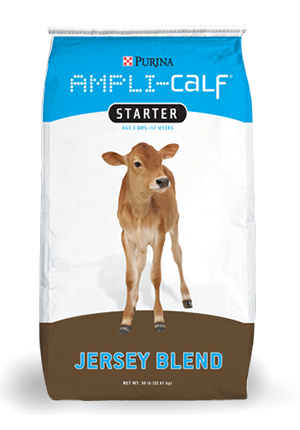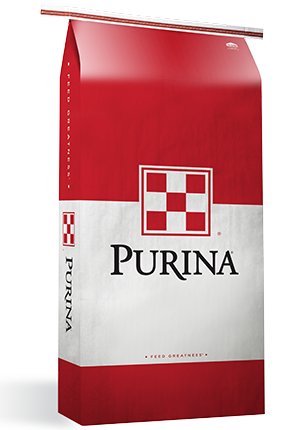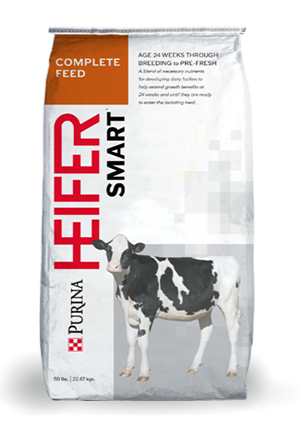
Will You Meet Your Calves’ Needs This Winter?

As the season starts to change, calves will begin to suffer from the cold sooner than one might think.
Even at a temperature of 60 degrees Fahrenheit, cold stress can impact the growth and health of dairy calves.
Don’t let cold hinder growth
At a temperature of 60 degrees Fahrenheit we may be comfortable, but a cold calf starts to divert energy away from growth and immune function to regulate body temperature. Calves become cold stressed at fairly moderate temperatures because they have a higher surface-area-to-bodyweight ratio than older animals.
As temperatures decrease, energy requirements of the calf start to increase. In fact for every degree the temperature drops below a calf’s lower critical temperature, the amount of energy needed for maintenance increases by 1 percent.1
If calves don’t receive the energy they need, resources are diverted from growth. When energy is diverted from growth, calves will not gain weight, and they become more susceptible to diseases like pneumonia and scours. Cold calves could also die.2
Performance inhibited
In addition, financial losses begin to mount from treatment costs. Poor growth, which delays age at first calving and future milk production potential, is also impacted.
Don’t let energy be a limiting factor to your calves’ performance this winter. Instead, implement a feeding program that supports these increased energy demands. Added energy can be provided to the calf by adding a third feeding of milk replacer, preferably late in the evening; and increasing the amount of starter offered. Seasonal formulations of both milk replacer and calf starter are now available and are designed specifically to meet the needs of calves during inclement weather.
Are your calf barns ready for winter? Here are some winter calf barn ventilation tips.
Like this information? Sign up to receive our monthly management tips.
1 Broadwater N., University of Minnesota, Caring for calves in cold climatic conditions, Nov. 2010
Even at a temperature of 60 degrees Fahrenheit, cold stress can impact the growth and health of dairy calves.
Don’t let cold hinder growth
At a temperature of 60 degrees Fahrenheit we may be comfortable, but a cold calf starts to divert energy away from growth and immune function to regulate body temperature. Calves become cold stressed at fairly moderate temperatures because they have a higher surface-area-to-bodyweight ratio than older animals.
As temperatures decrease, energy requirements of the calf start to increase. In fact for every degree the temperature drops below a calf’s lower critical temperature, the amount of energy needed for maintenance increases by 1 percent.1
If calves don’t receive the energy they need, resources are diverted from growth. When energy is diverted from growth, calves will not gain weight, and they become more susceptible to diseases like pneumonia and scours. Cold calves could also die.2
Performance inhibited
In addition, financial losses begin to mount from treatment costs. Poor growth, which delays age at first calving and future milk production potential, is also impacted.
Don’t let energy be a limiting factor to your calves’ performance this winter. Instead, implement a feeding program that supports these increased energy demands. Added energy can be provided to the calf by adding a third feeding of milk replacer, preferably late in the evening; and increasing the amount of starter offered. Seasonal formulations of both milk replacer and calf starter are now available and are designed specifically to meet the needs of calves during inclement weather.
Are your calf barns ready for winter? Here are some winter calf barn ventilation tips.
Like this information? Sign up to receive our monthly management tips.
1 Broadwater N., University of Minnesota, Caring for calves in cold climatic conditions, Nov. 2010
2 Van Amburgh M., Mills J.K., Cornell University, Keep calves growing in the cold, Pro-Dairy Dec. 2005




